Showcase lights are installed internal to a merchandise display case. They provide illuminance to attract customers and aid in evaluation of merchandise. Illuminance levels on merchandise is generally three to five times the illuminance level of surrounding ambient light. LED showcase lights are usually linear light fixtures constructed with LED modules housed in aluminum profiles. The LED module is a linear assembly of LED packages on a flexible printed circuit board (PCB) or metal core printed circuit board (MCPCB). The aluminum profile is fitted with a polycarbonate or acrylic lens which protects the LEDs and provide optical regulation if necessary. Typically, diffuser lenses are employed to evenly distribute light from the LEDs. Accent lighting is used in some applications to create a dramatic emphasis on merchandise. Jewelry stores, for example, use the impact of feature lighting to create sparkle in gemstones or crystal. This task is accomplished by miniature LED spotlights which deliver a punch of narrow-beam light.
Light is needed to appreciate merchandise, but aggressive photon energy delivered by optical radiation can cause damage to the illuminated merchandise. A wide range of products respond to ultraviolet (UV) and infrared (IR) radiation produced by legacy light sources. Exposure to such optical radiation can cause cosmetic products to deteriorate, make textiles fade, encourage bacteria and pathogen growth in food (meat, fruits, vegetables, seafood, bakery goods, chocolate, milk and dairy, etc.) and accelerate their decay of nutritional and safety qualities. A significant advantage of LED lighting is that LEDs do not generate radiant heat and emit virtually no UV radiation. They are much more safer than fluorescent and incandescent light sources. Furthermore, the technology allows for spectral engineering to mitigate high energy photons in the visible portion of the electromagnetic spectrum.
Light is a physical stimulus that controls our visual perception. Good retail display lighting improves the perception and attractiveness of the merchandise. The color, finish and texture of the displayed products need to be revealed or enhanced so that visual interest and emotional appeal can be triggered. Through precise control of the spectral power distribution (SPD), the color rendering performance and correlated color temperature (CCT) of LED showcase lights can be tailored to engage specific human visual and psychological response to merchandise displays.
Product-specific LEDs are available to produce energy in one or more regions of the visible spectrum that are critical to the faithful or enhanced rendition of a product’s color characteristics. These LEDs are also spectrally engineered to deliver the most appropriate CCT which dictates warmth or coolness of the emitted light.



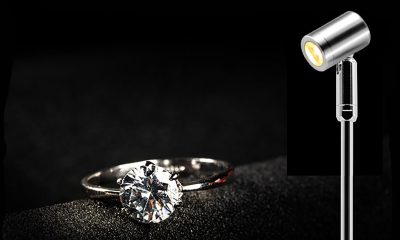
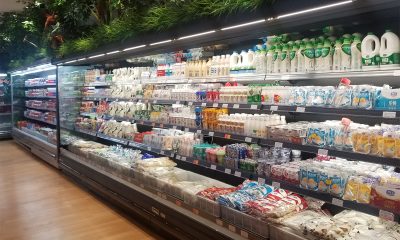

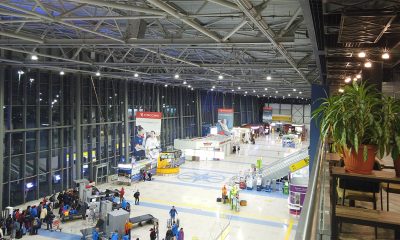


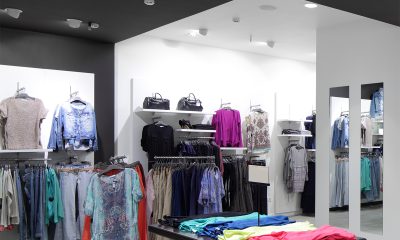



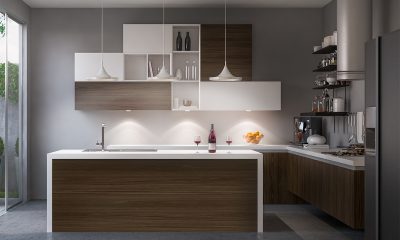





Loading...